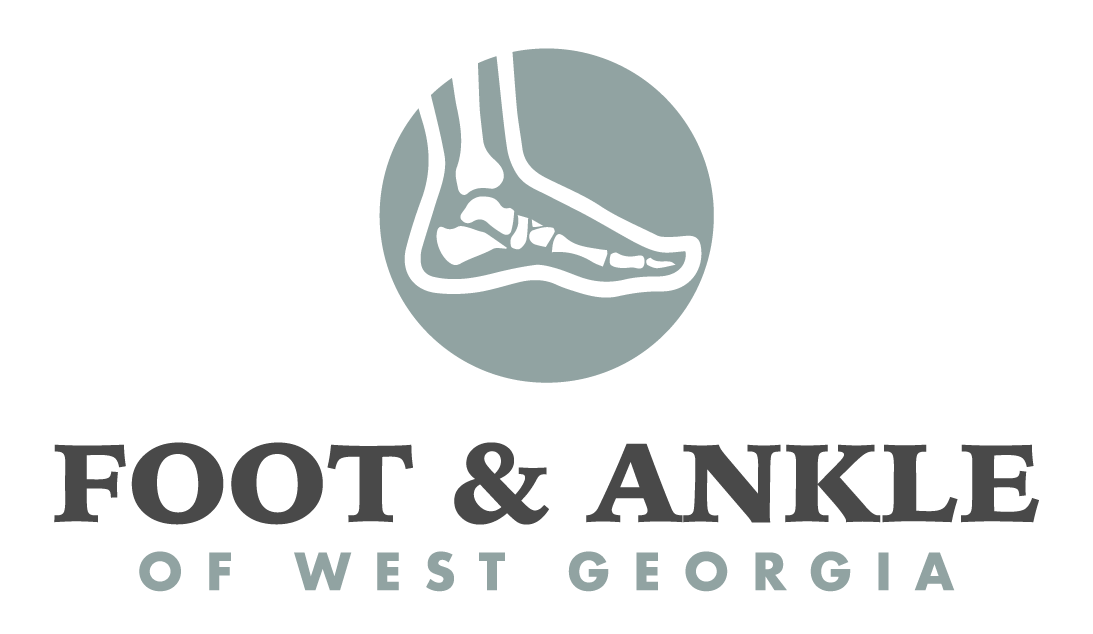Are Fallen Arches a Real Foot Problem?
(Columbus, GA) -- Are "fallen arches" an actual foot disorder, or just a catch phrase used to describe chronically sore feet?
According to Dr. James Bartley Jr., a member of the American College of Foot and Ankle Surgeons, fallen archesor flat feetis a legitimate medical condition that affects about 5 percent of the US population. "Flat feet can be present at birth, or develop over decades of walking, running and overall time spent on the feet, especially on hard surfaces in the workplace." There are several types of flatfoot conditions that occur in adults. The most common type is adult-acquired flatfoot, which is caused by overstretching a tendon that supports the arch. This leads to a partial or complete collapse of the arch and produces the flattened appearance on the bottom of the foot. Another common type is flexible flatfoot in which the foot is flat when standing and returns to a normal arch in non-weight-bearing positions.
"In adults, flat feet can be very painful and limit your ability to exercise and stay in good cardiovascular health," said Dr. Bartley, a physician at Foot and Ankle of West GA. "It's tough to be active, shed excess pounds, and maintain a healthy lifestyle if your feet hurt constantly, so it's important to seek medical attention to identify the problem early and intercede before it progresses to a serious, activity-limiting foot problem."
Pain is the primary reason patients seek medical treatment for flat feet and first-line therapy may include activity modifications or limitations, stretching exercises, custom shoe orthotics and non-steroidal anti-inflammatory medications. As the condition worsens, pain and tenderness in the arch become more severe and some patients may not be able to rise up on their toes at all or without pain.
If the response to initial treatment is unsatisfactory, Bartley noted that a variety of surgical procedures may be considered to relieve pain and improve foot function.
